Squeeze Die Casting vs High Pressure Die Casting
High pressure die casting and squeeze die casting are two well established processes for producing high quality aluminium components. However, what separates these two processes and makes certain products a better fit for each one? Well, the fundamental difference lies in the method of filling the mould with molten metal.
High Pressure Die Casting
With High Pressure Die Casting (HPDC), the clue is in the name. High pressure is applied to the molten aluminium using a hydraulic pump, which results in a rapid and complete filling of the mould. The speed and therefore fast shot cycle makes HPDC a great solution for high-volume aluminium products.
Furthermore, the innovation in HPDC over the years means that now complex components can be cast with tight dimensional tolerances, and reduced risk of defects.
Historically, HPDC was only used for a select few components, such as engine blocks and other automotive components. However, technological advancements now make HPDC a great choice for all sorts of high-volume aluminium products in various industries.
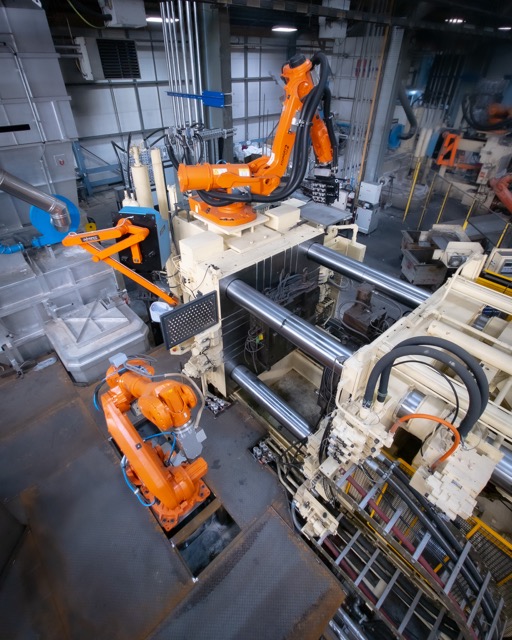
A High Pressure Die Casting Cell at CastAlum
Squeeze Die Casting
Squeeze casting is known by several names: it may be referred to under its trademark of P2000, indirect or low-pressure squeeze casting, liquid forging, semi-solid metal casting (SSM), permanent mold, or even just low pressure die casting. Unlike HPDC, where high pressure is used to inject the metal, squeeze die casting allows for a more gradual application of pressure. This allows for greater precisions in the filling process, which can be crucial for specific applications.
In squeeze die casting, the molten metal is placed into a chamber or shot sleeve, and a plunger or punch is then used to apply pressure to the metal. As the plunger moves, the metal is ‘squeezed’ into the mould cavity, filling it in a controlled and precise manner. This slower fill time allows for better control over the flow of the metal.
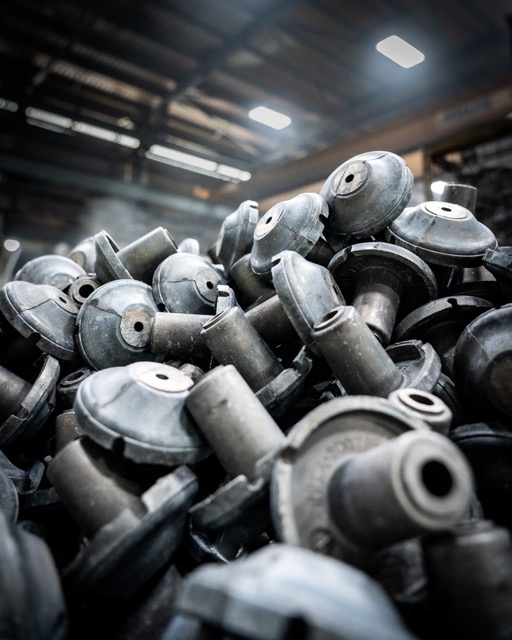
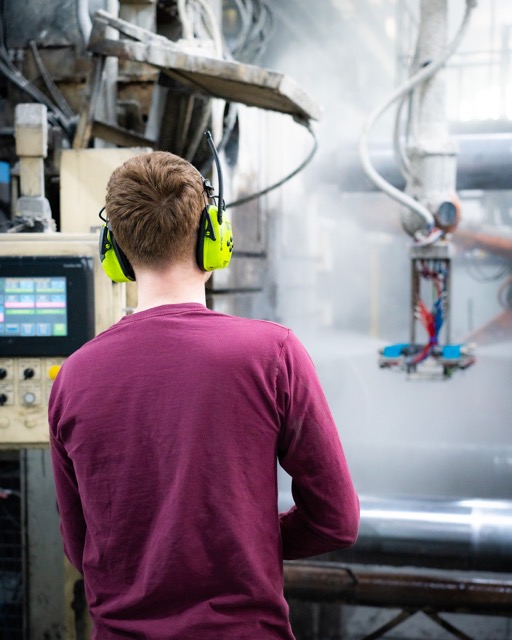
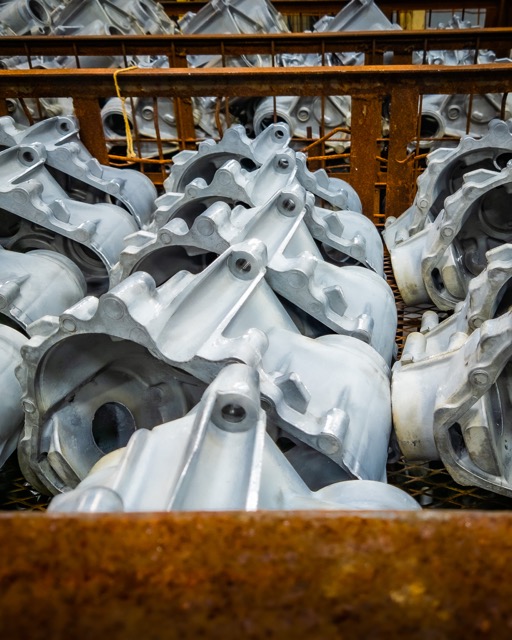
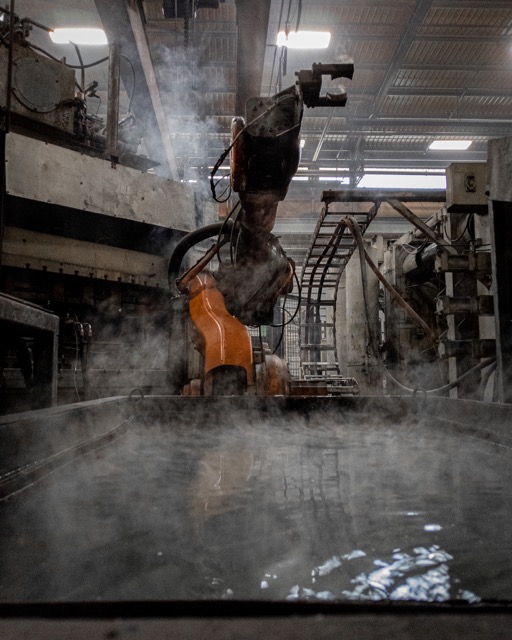
So which process is right for you?
One of the reasons that CastAlum operates both high pressure and squeeze die casting machines is that our experience helps us to ascertain when products are more suited to one process over the other. Whilst HPDC is something of an industry standard nowadays, we still find products that are best suited to the squeeze die casting process. Examples of this may include components that have thin walls, require heat treatment or welding, and safety critical parts that have superior mechanical properties.
Squeeze castings also have the advantage of allowing for more complex shapes and intricate details. For that reason, it is often used to create products such as jewellery and sculptures. And whilst the cycle time may be slower, it allows for the use of multiple cavities, so is still extremely capable in the world of high-volume aluminium products.
Get in Touch!
If you’re not sure which method is right for you, just get in touch with us! We’d love to help provide advice in choosing the right solution for your next project.
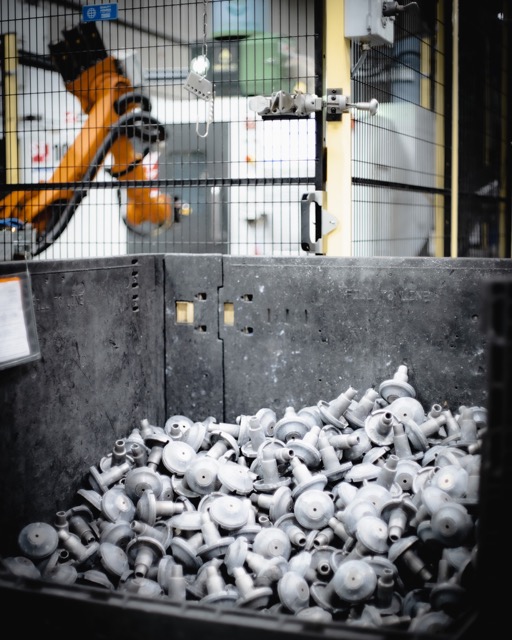
Squeeze Die Cast Parts being Machined

